When you’re going to a foreign country for the first time, it’s always good to get an idea of the people you’re going to meet there. This is particularly true for a country such as Iran, whose population is made up of various ethnic groups. Yes, they’re all Iranians but they come from different backgrounds, with their own culture and tradition. The people you’ll meet in Tehran for instance are very different from those living in the Kurdistan province.
What are the main ethnicities in Iran?
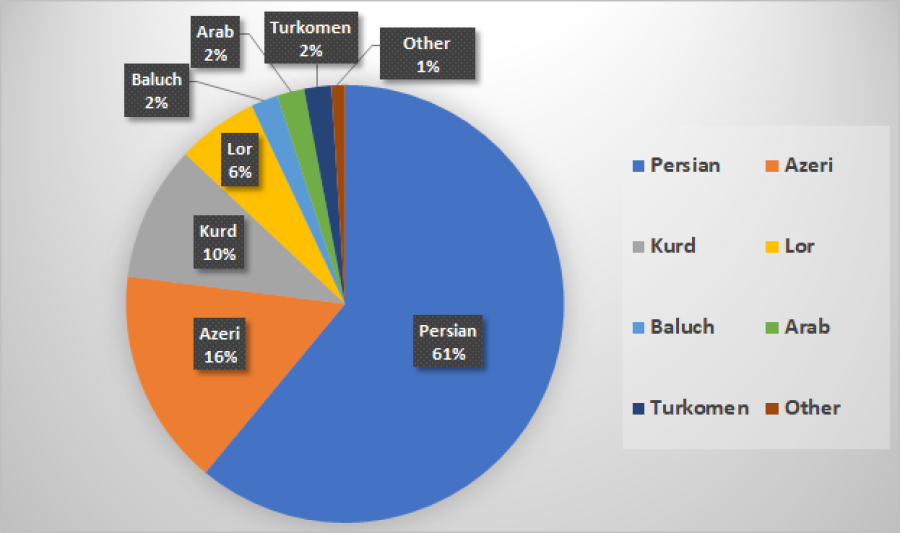
Iran has a population of over 85 million people (as of 2021) and this population is rapidly growing. There are four large groups of people distinguished by their ancestry and their native tongue: Iranic, Turkic, Semitic and Caucasian-derived. Here’s what you need to know about them.
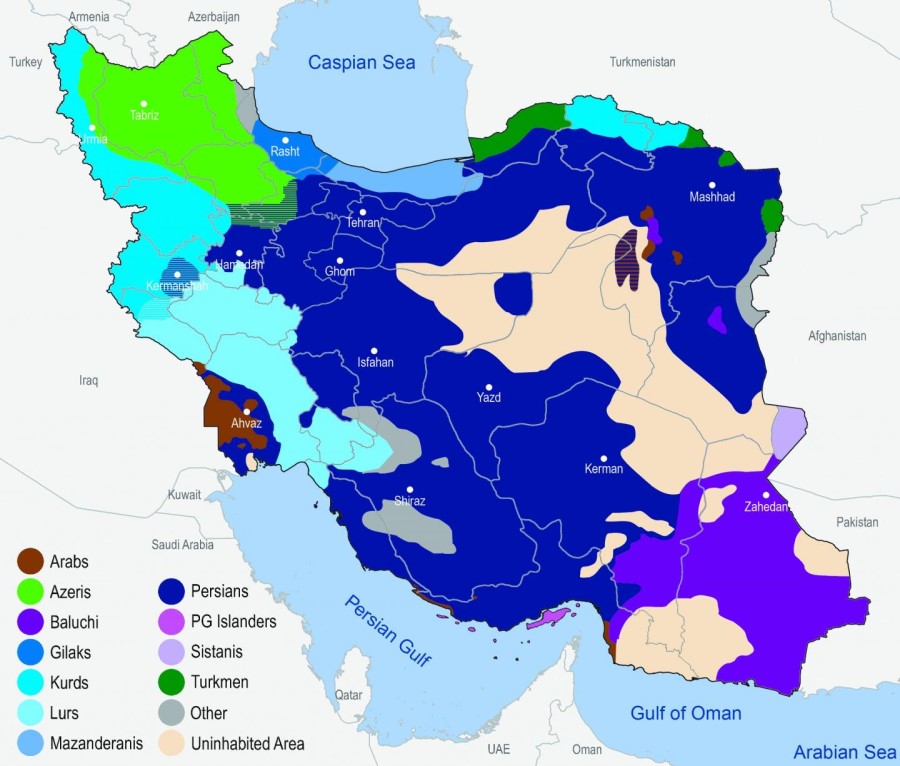
Read also: Top 9 questions about traveling to Iran 2021
1- Iranic populations of Iran
Persians
By far the largest group in this category are the Persians, which represent 54% of the country’s population, according to World Factbook, or 65% according to other sources.

Persians are descendants of the ancient Persian people who migrated to an area called Persis, largely corresponding to the province of Fars in modern Iran. The Persians built a vast empire, and they had an important contribution to art, especially literature, and science. They speak Farsi, which is roughly the same with Persian, but with certain local characteristics. The main religion in the country is Shi’i Islam, while most of the other countries in the Middle East are Sunni Muslim.
Read also: 8 False Stereotypes That Iranians Dislike
Kurds

The Kurdish population is concentrated in the mountainous Kurdistan province, but there are also pockets of Kurds living in Iraq, Turkey and Syria. Kurds account for 10% of the total population in Iran.
Lurs
Little known in the Western world, the Lurs represent the fourth largest ethnic group in Iran, after Persians, Azeris and Kurds. The Lurs are a mostly nomadic population. They have their own language, Luri, and rely on a tribal structure, with women enjoying significantly more freedom than their sisters in other Muslim peoples.
Read also: Tips You Wish to Know about Iran Culture
Gilaks
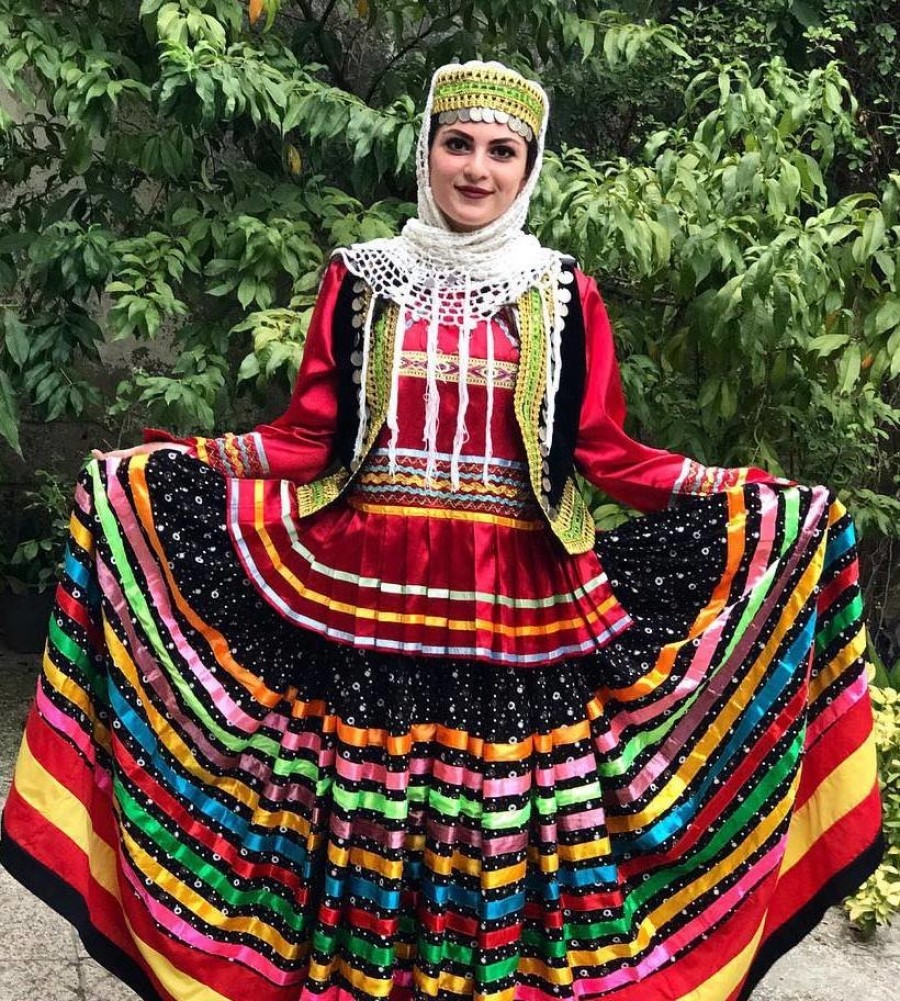
The Gilaks live mostly in the northern province of Gilan, and they’re part of the Caspic people, together with the Mazandarani. They play an important economic role as they supply a large portion of the country’s grains, rice, tobacco and tea production.
Baluchis
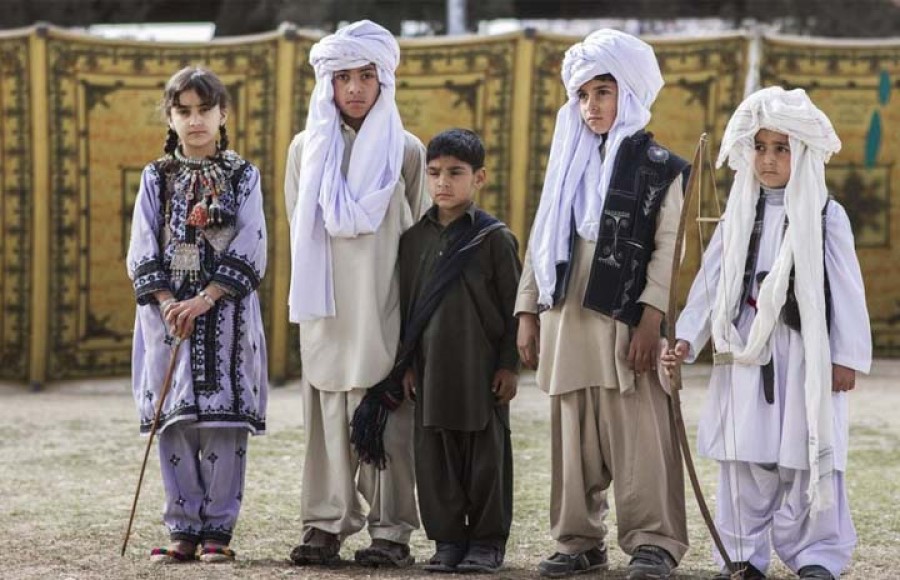
The Baloch are the majority ethnic inhabitants of the region of Balochistan in Iran. They speak the Rakhshani and Sarawani dialects of Balochi, an Iranian language. They mainly inhabit mountainous terrains, which have allowed them to maintain a distinct cultural identity and resist domination by neighboring rulers.
2- Turkic peoples of Iran
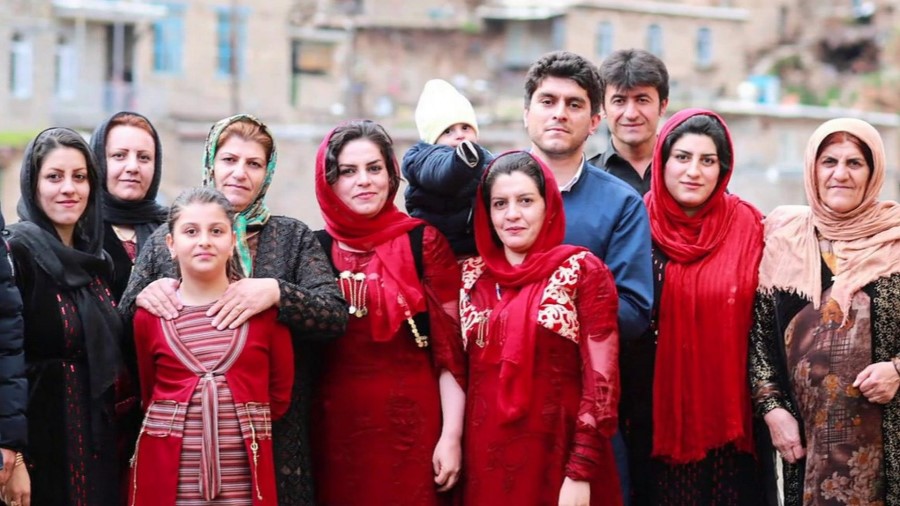
The Azeri or Azerbaijani represent the largest group of Turkic-speaking ethnic groups in Iran. They account for 16% of the country’s population and most of them live in Iranian Azerbaijan, which is made up of several rich and densely populated provinces. Though they speak a different native tongue, the Iranian Azeri have close cultural ties with the Persians, Most of the Iranian Azeri are Shi’a Muslims, which explains why they get along so well with the Persians.
Turkmen, Qashqai and Khorasani Turks also belong to the Turkic-speaking group.
3- Semitic peoples of Iran
Arabs
Arabs represent 2% of the country’s population. Roughly half of them live in the Khuzestan province and most of them are of the Shi’a religion, like the Persians. Their native language is Arabic, although most also speak Farsi.
Other Semitic ethnic groups living in Iran are the Assyrians and the Jews.
4- Caucasian-derived peoples
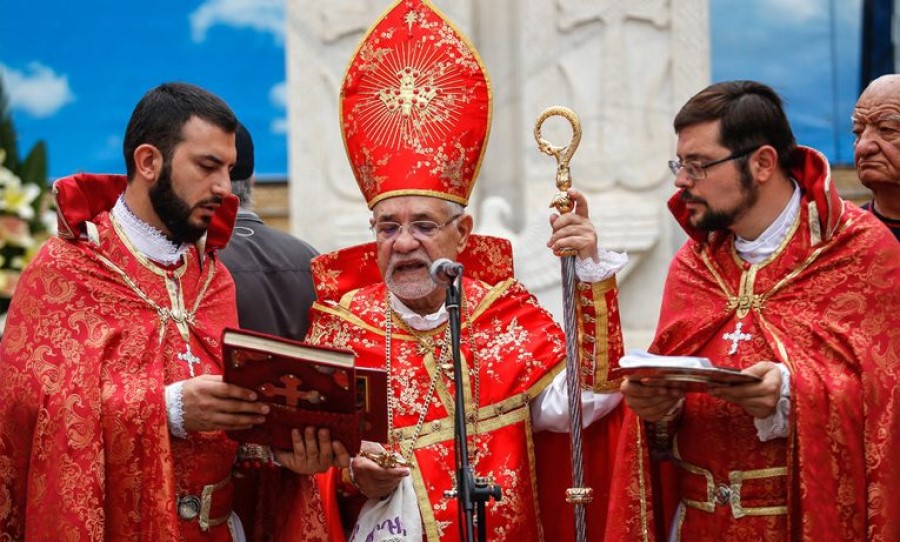
Various people of the Caucasus or Caucasian peoples live in Iran today, including Immigrants from the South Caucasus and North Caucasus mainly due to policies of the Safavids and Qajars and to another significant extent due to the results of the 19th century Russo-Persian Wars and the Caucasian War.
The main Iranian minorities of Caucasian origins are the Armenians (around 500,000 people) and the Georgians, estimated at 100,000 people.
Read also: Iran Dress Code for Tourists

